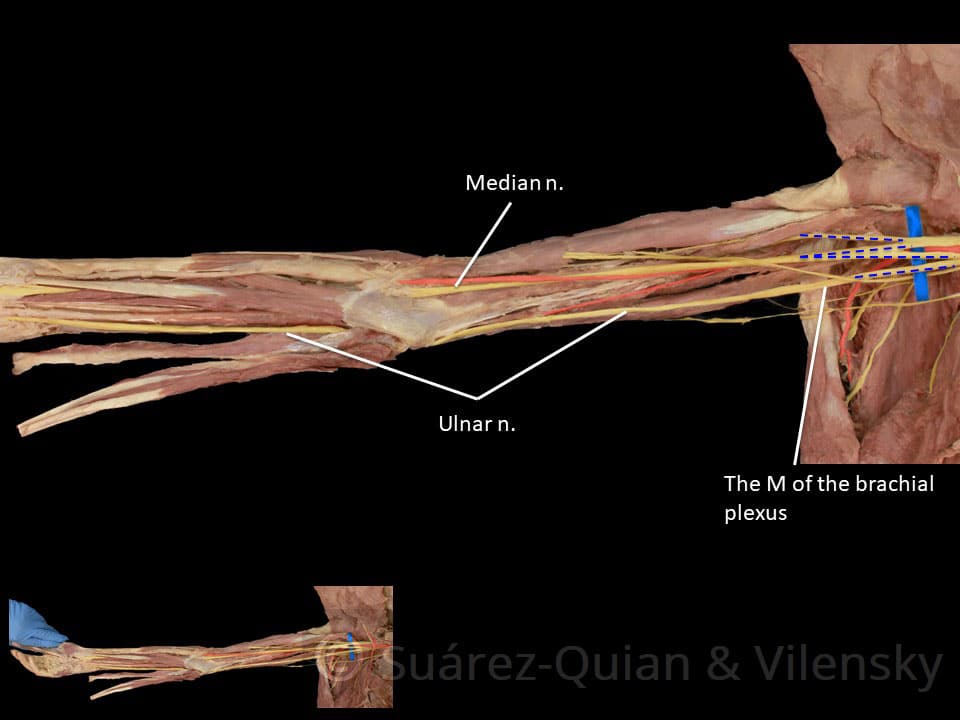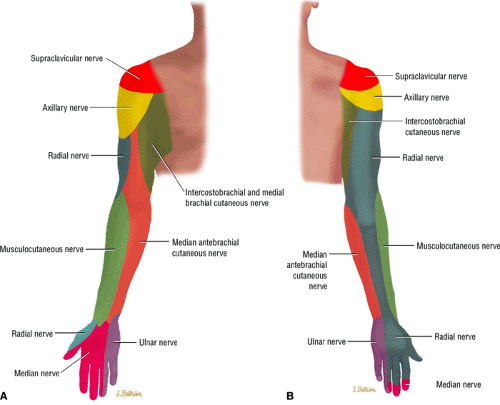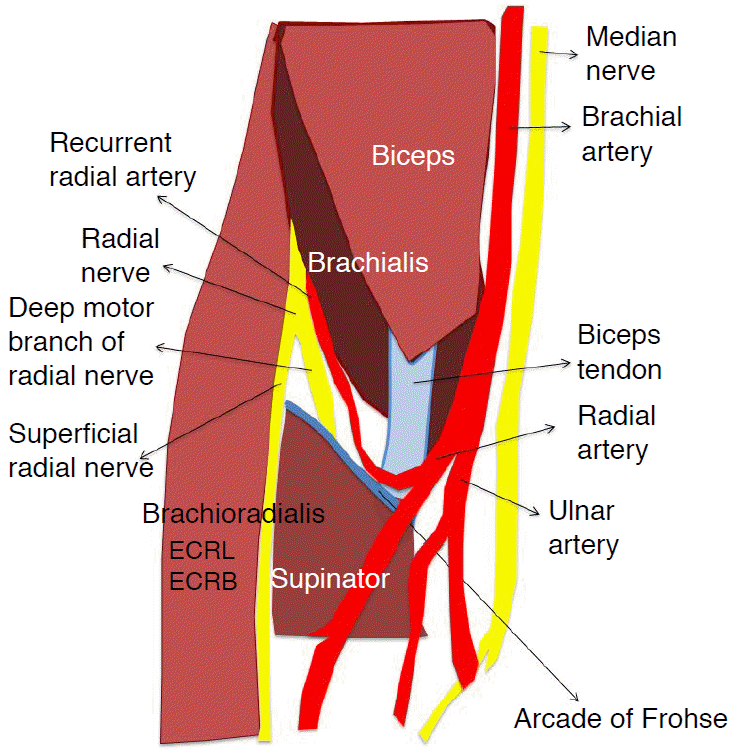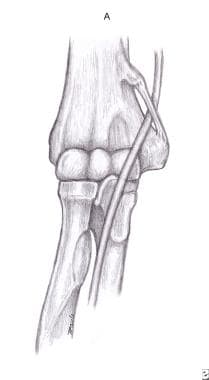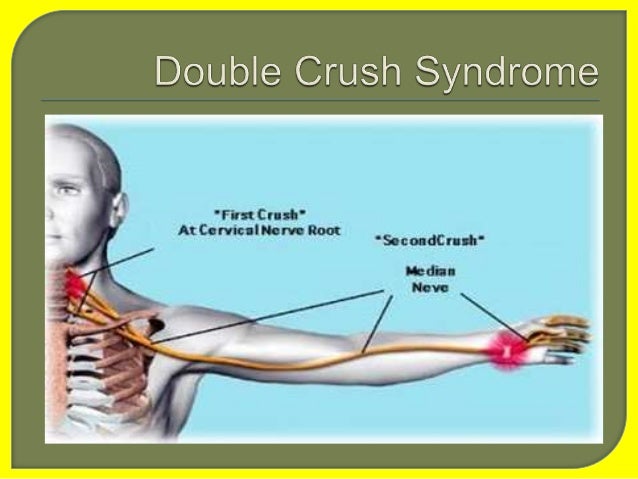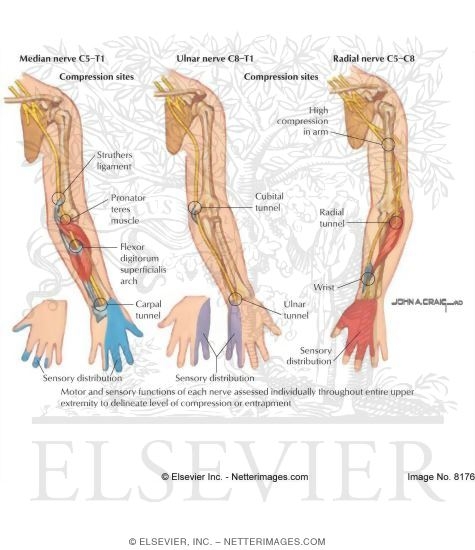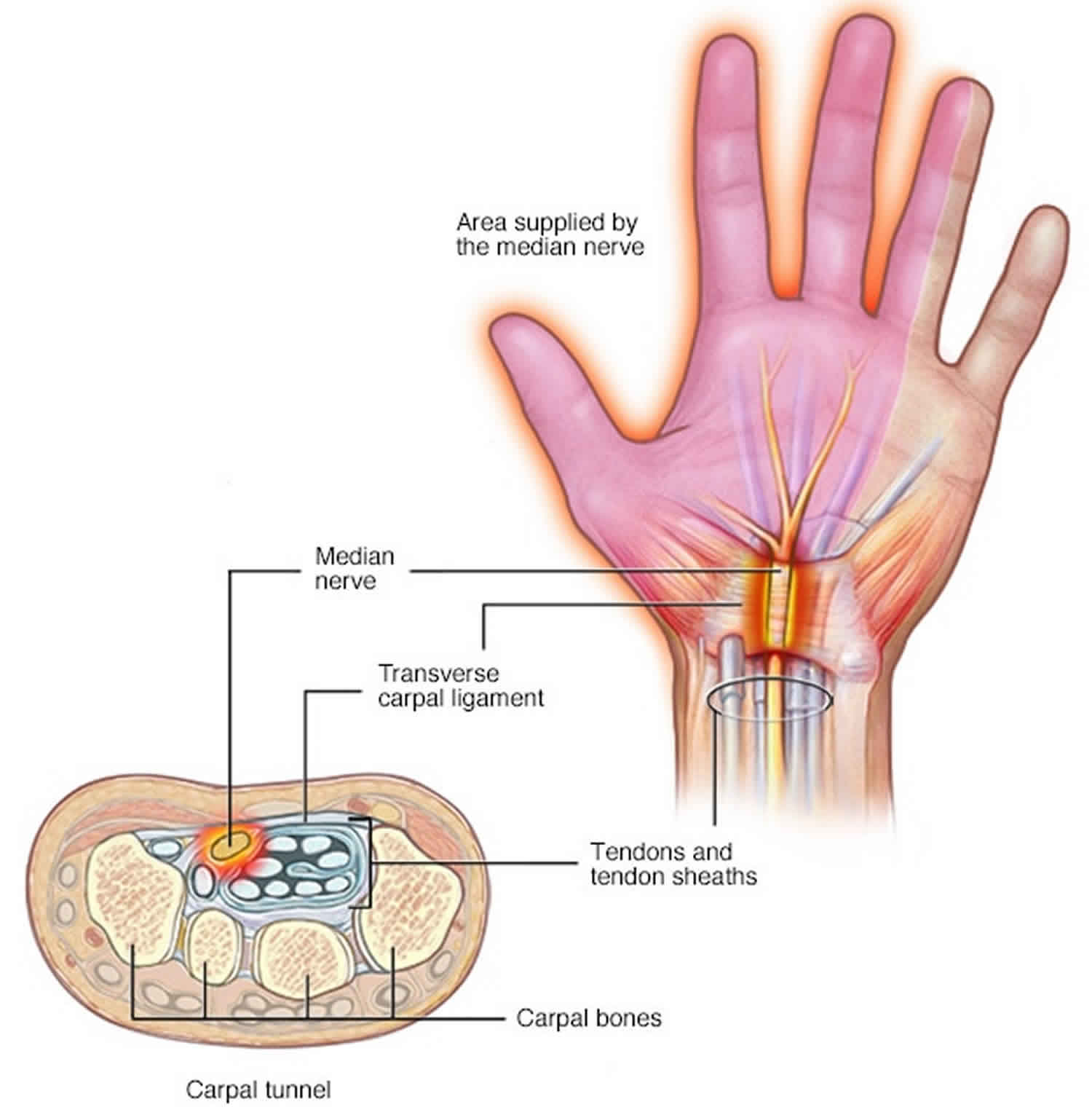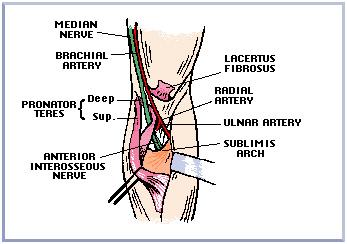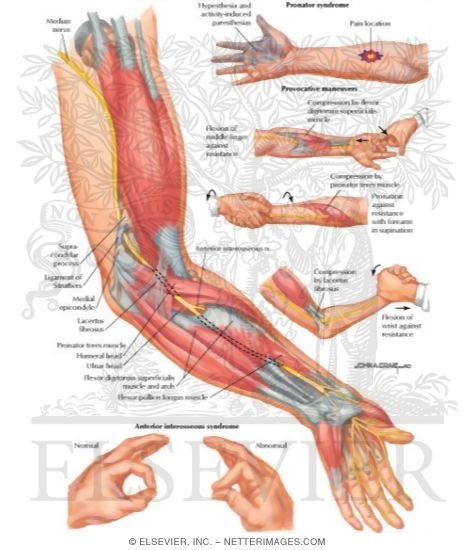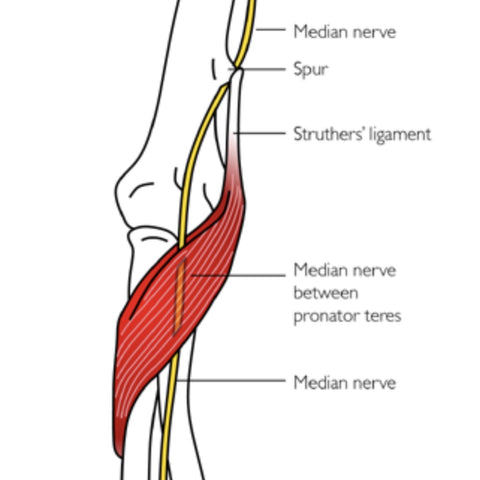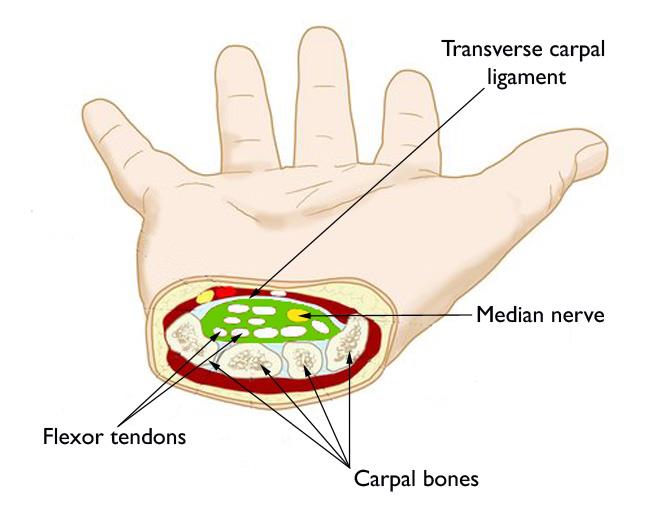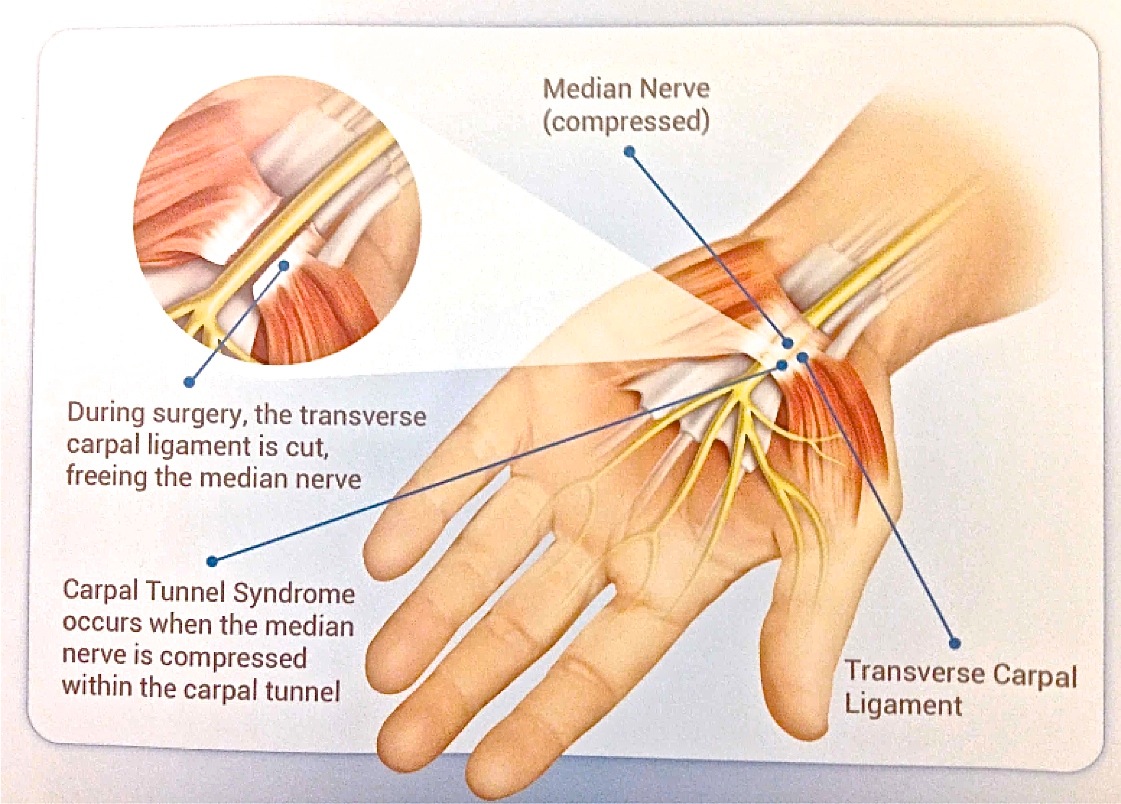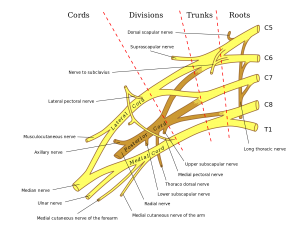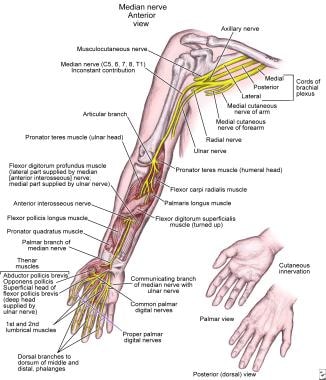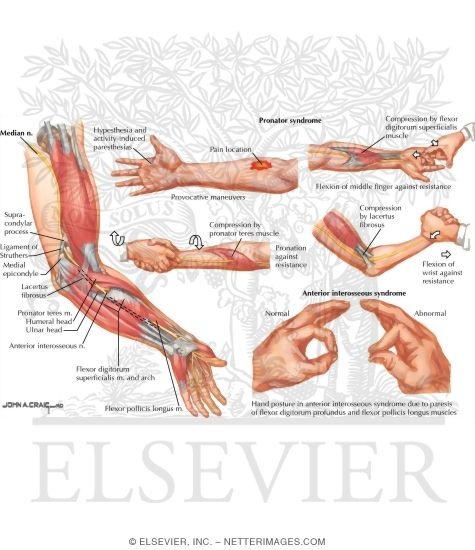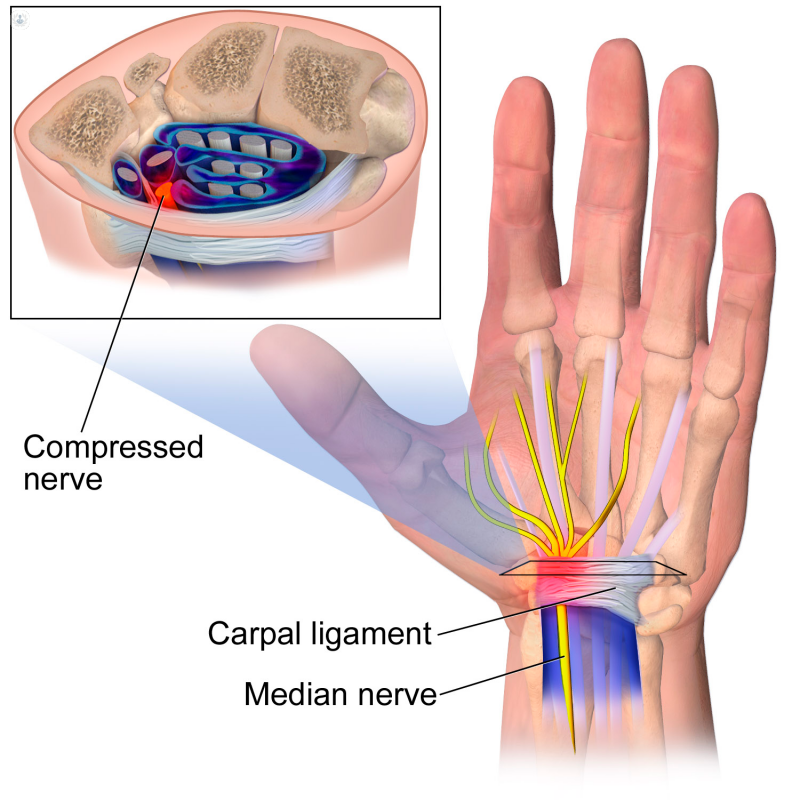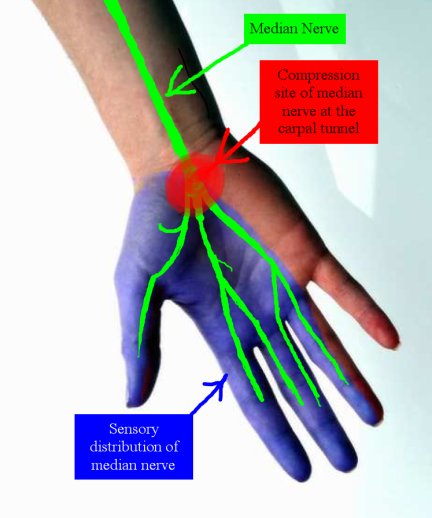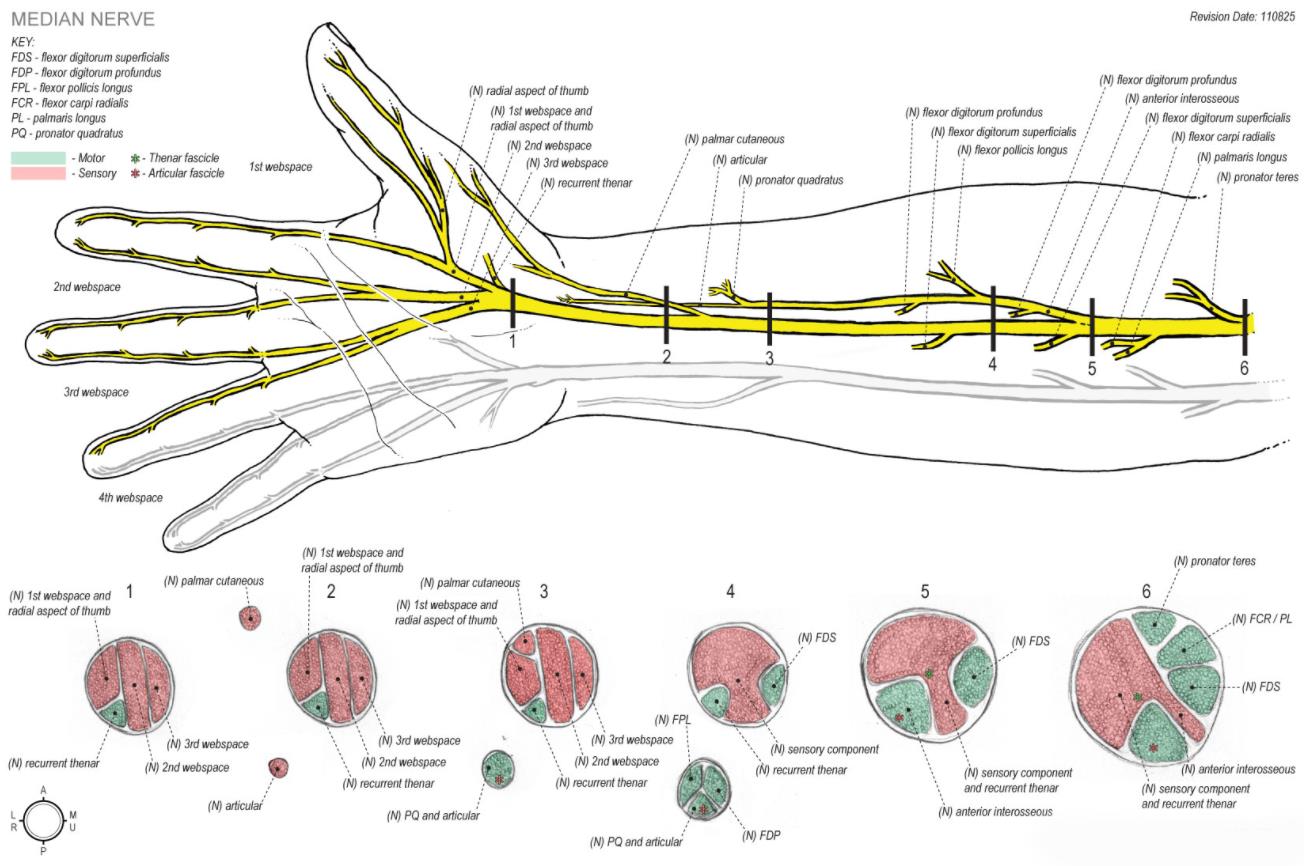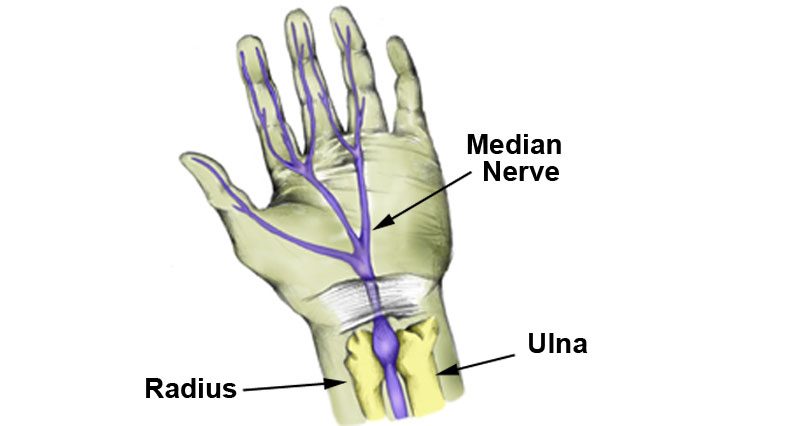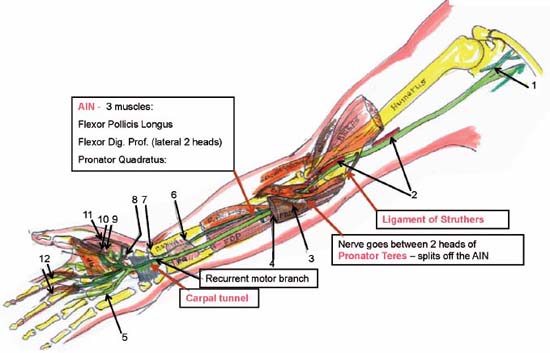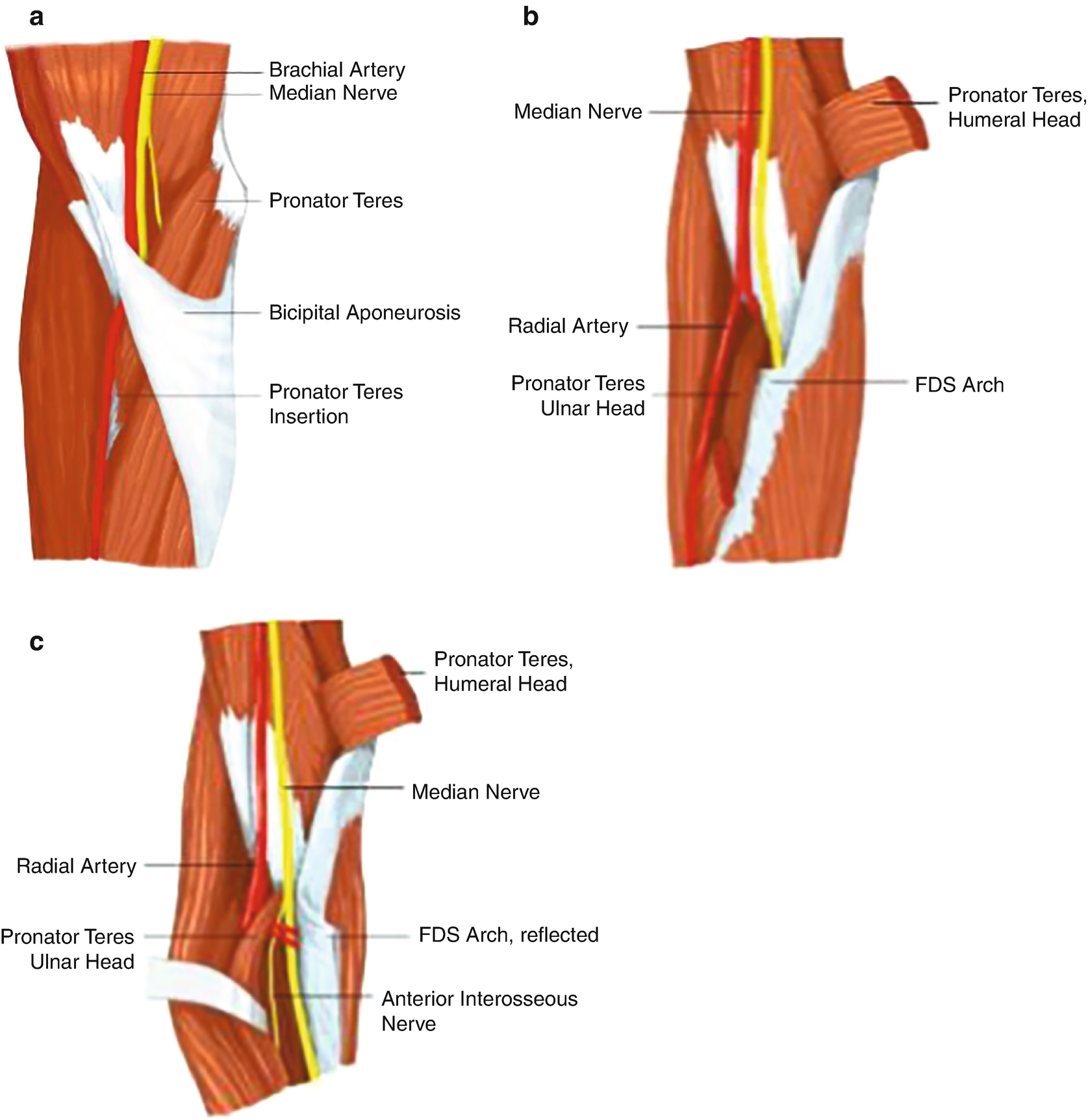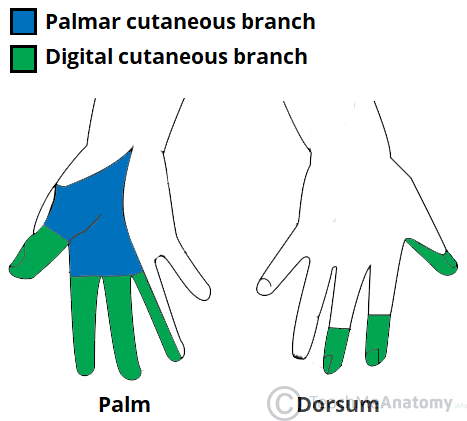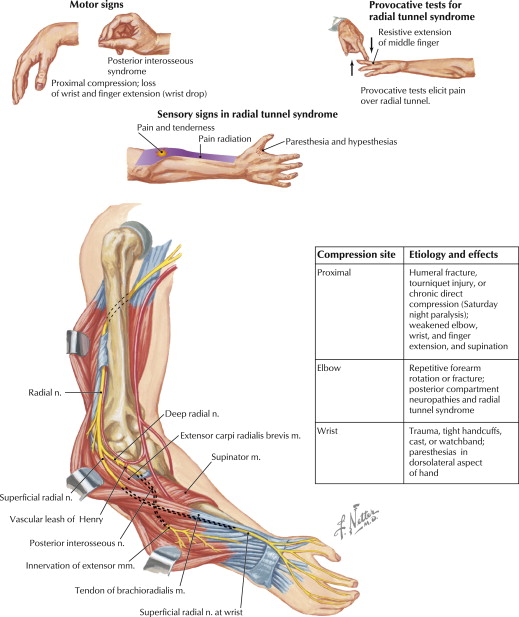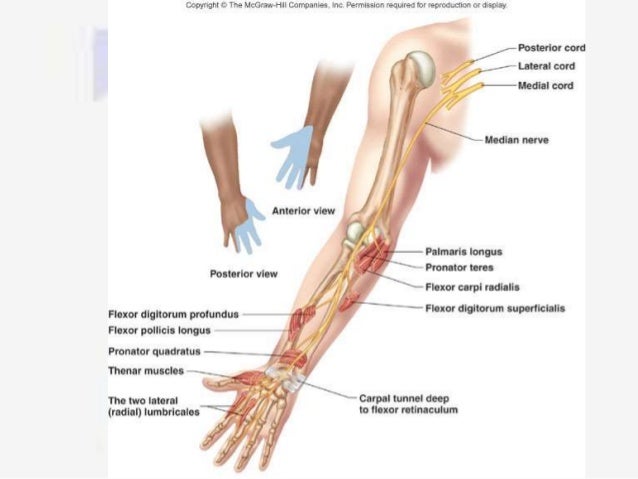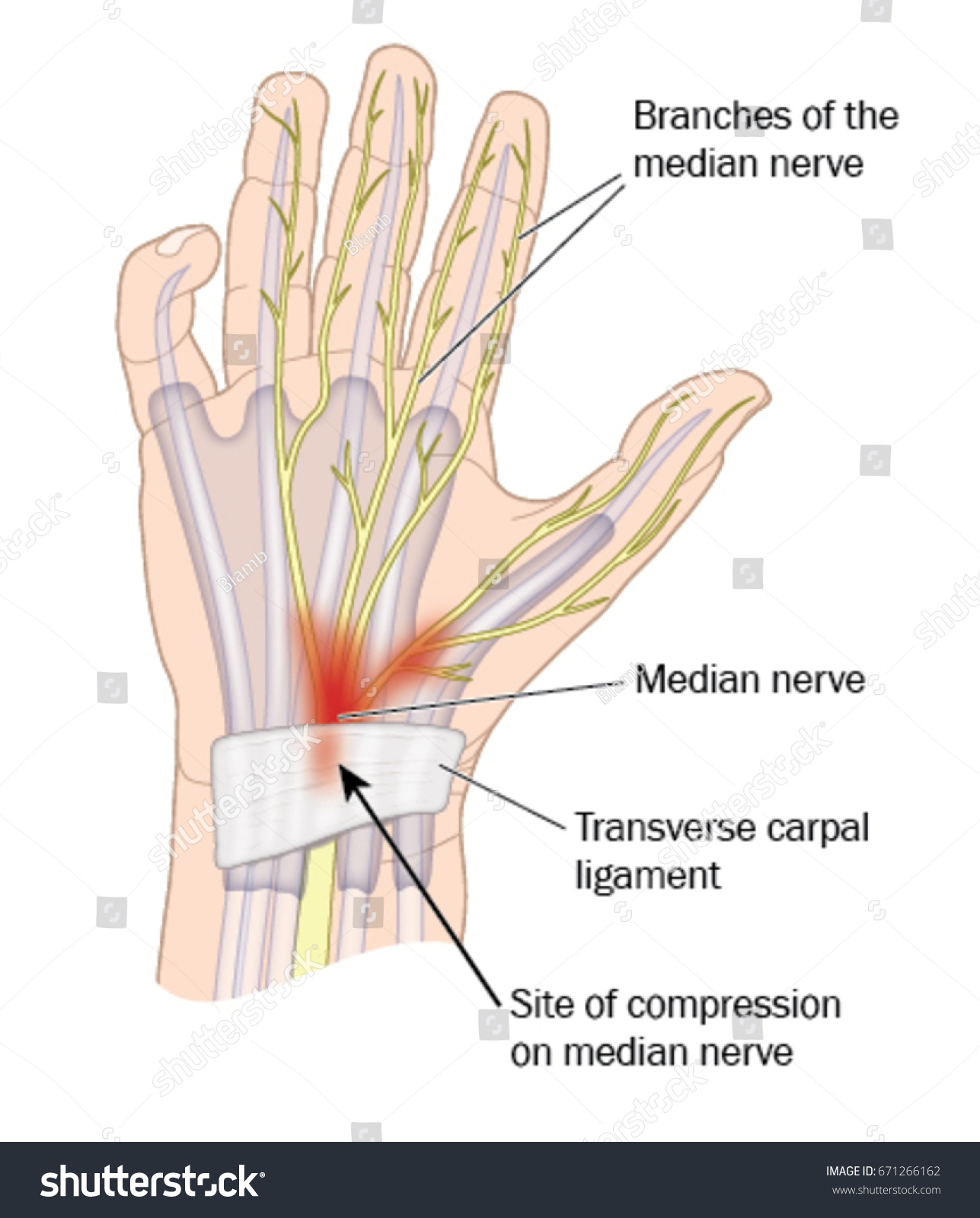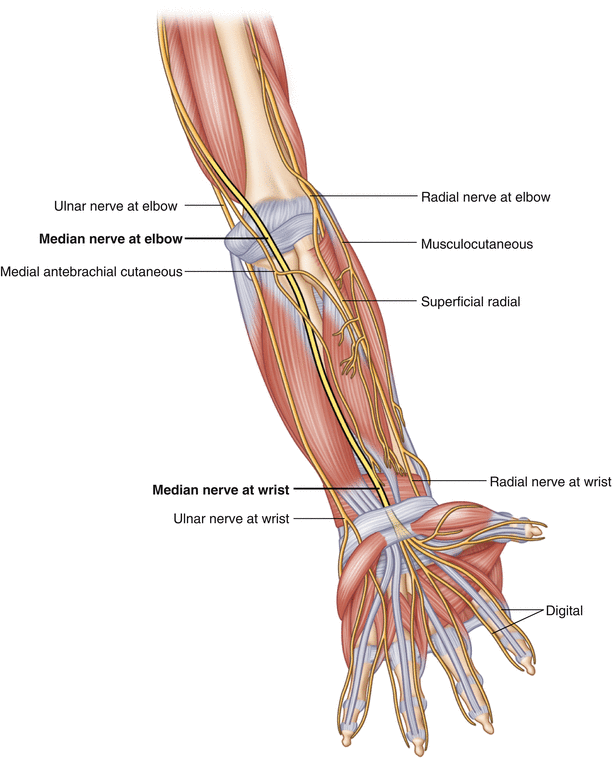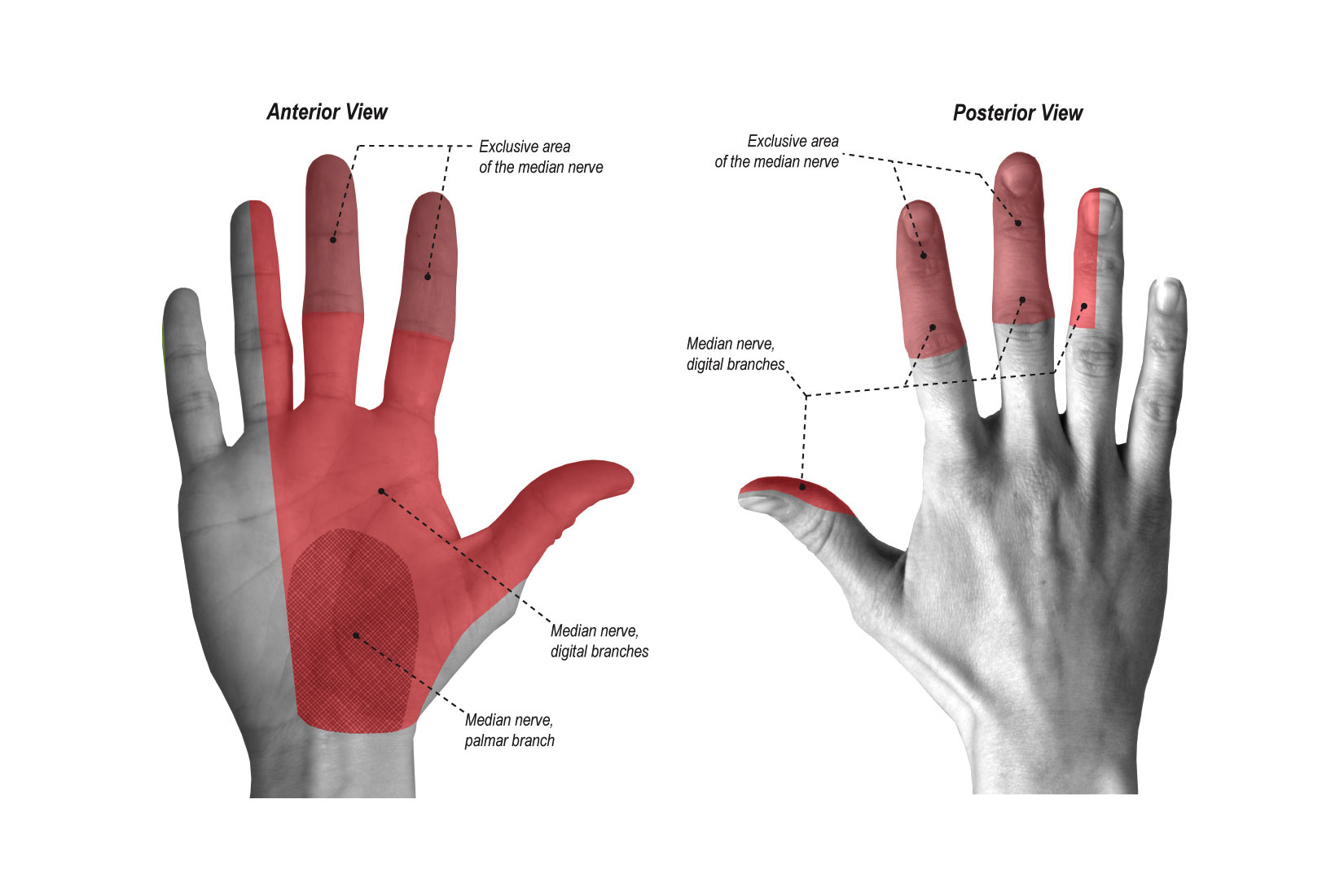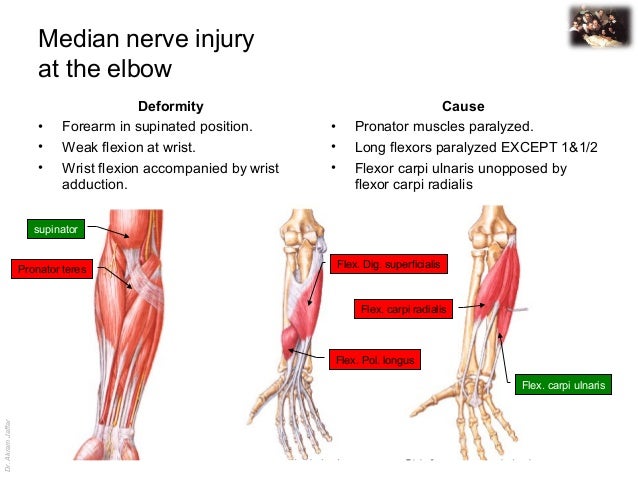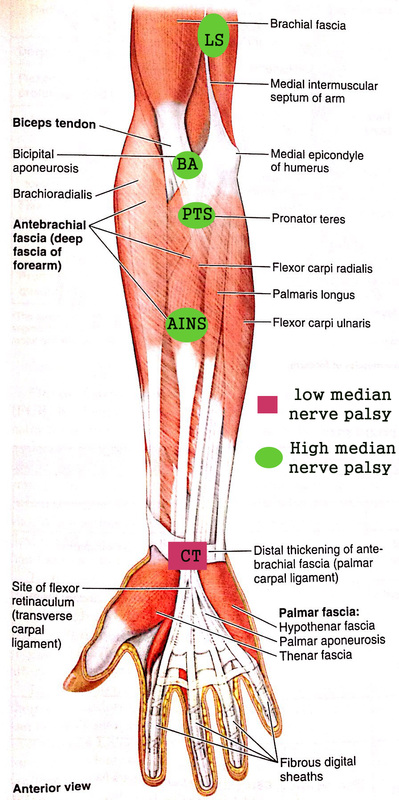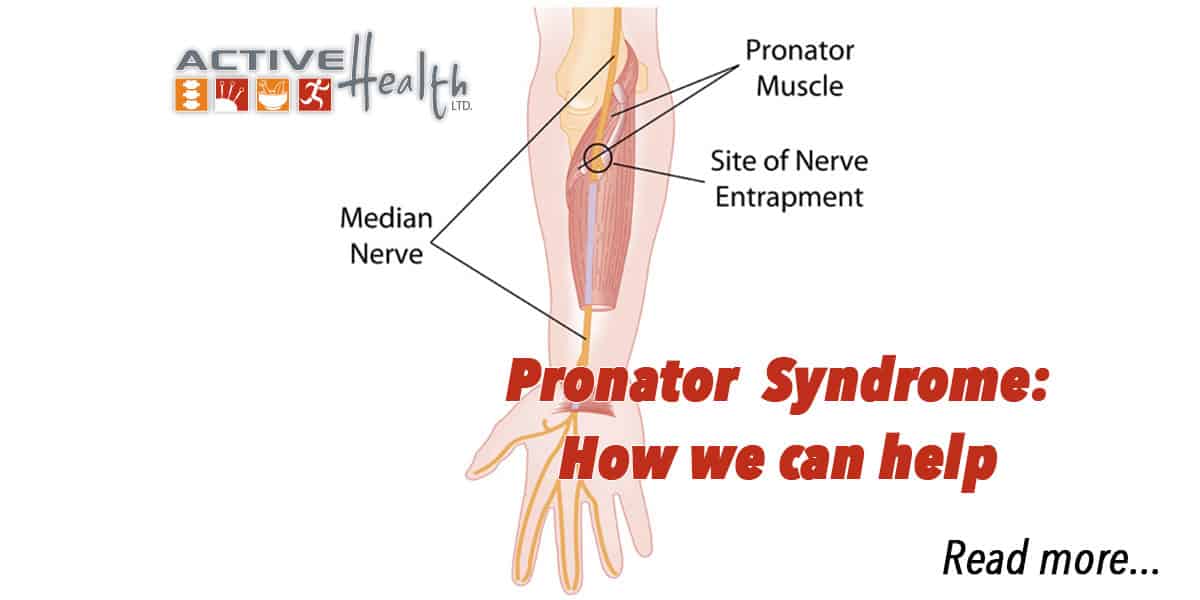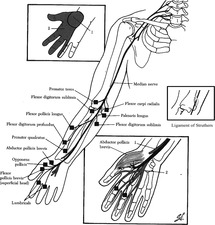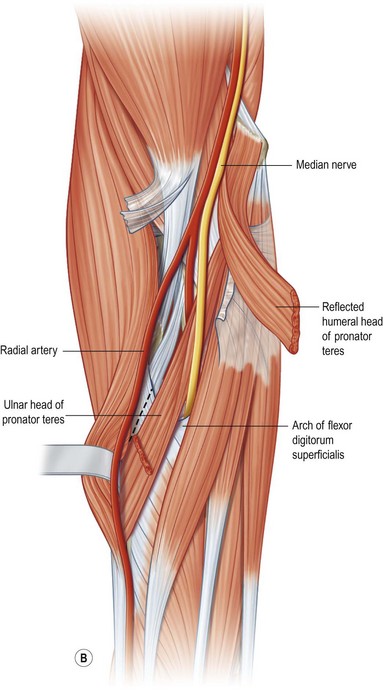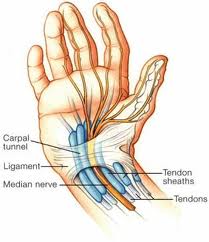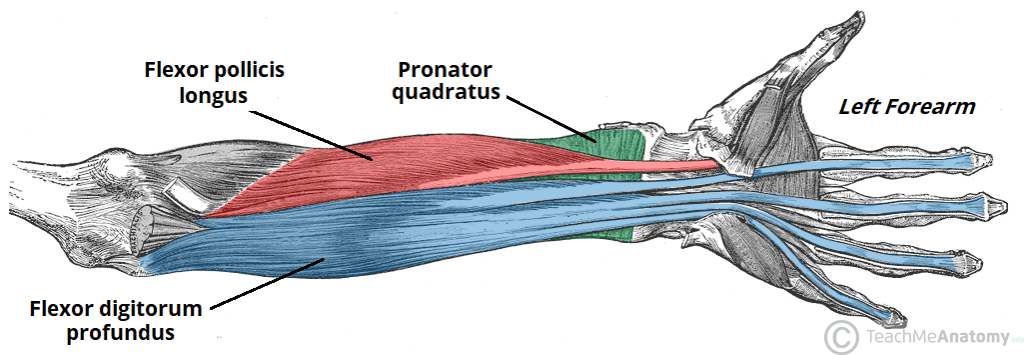Median Nerve Compression Sites
The median nerve is vulnerable to entrapment at many sites along its pathway through the upper extremity.

Median nerve compression sites. It occurs when the median nerve is compressed at the wrist. Sites of the median nerve compression that result in the median nerve palsy and epidemiology. The median nerve gets compressed as it travels through the carpal tunnel in your wrist.
The median nerve can be torn partially or fully or compressed at the elbow. Sharing this space are 9 flexor tendons. Carpal tunnel syndrome is the most common compression neuropathy to the median nerve.
The median nerve extends along the middle of the arm and forearm to the hand. The median nerve emerges from the neck at the brachial plexus between the 5th cervical neck and 1st thoracic upper back vertebrae. It is most common 7 16 that women more affected than men between ages of 45 65 years.
The median nerve extends from the upper arm to the thumb. Just about anything intrinsic or extrinsic to the carpal tunnel can cause compression in this region. Cts is the most common of the median nerve entrapments.
This can be from a fracture or other traumatic injury or compression from excess fluid build up following an injury. I at the wrist carpal tunnel syndrome causes low median nerve palsy for unknown reasons. Entrapment is but one of the gamut of pathologies causing neuropathy albeit one of the more common etiologies and more importantly for radiologists one of the causes of neuropathy in which radiology can play a vital role in diagnosis.
The nerve may become trapped in the neurovascular bundle in the upper portion of the arm as it is traveling through the coracopectoral tunnel. Carpal tunnel syndrome cts is the most common nerve compression syndrome. Entrapment syndromes of the median nerve represent the median nerve being compressed at a number of distinct sites leading to a number of distinct clinical syndromes.
Extending and flexing your wrist. It arises by two roots one from the lateral and one from the medial cord of the brachial plexus. Resisted forearm pronation with the elbow flexed followed by elbow extension that increases symptoms suggests the pronator teres as the site of median nerve compression.
The median nerve is located in an osteofibrous tunnel bounded by the transverse carpal ligament and the carpal bones. Resisted contraction of the long finger flexor digitorum sublimus may elicit symptoms if the long finger fds is the site of compression. These embrace the lower part of the axillary artery uniting either in front of or lateral to that vessel.
Carpal tunnel syndrome is the most common type of nerve compression syndrome.

Pronator Teres Syndrome And Numbness In Your Fingers Dynamic Physio Therapy Naples Fl Physical Therapy
www.dpt.services

Median Nerve Compression Pronator And Anterior Interosseous Syndromes Living Handbooks
www.gms-books.de

Diagnostic Ultrasound In Carpal Tunnel Syndrome A Helpful Additional Tool
www.practicalpainmanagement.com



